Introduction: Not All Matcha is Created Equal
Matcha is not just a traditional Japanese tea now it has gained popularity and people like tea lovers, health enthusiasts, and home chefs have also started using it. There are different grades of matcha like ceremonial grade matcha, culinary grade matcha, and premium matcha, it becomes a little tricker to choose the right powder for your needs. If you end up getting a wrong grade that will be a disappointing experience and can also lead to a wrong flavour palate, while the right one elevates both flavor and wellness benefits.
This guide will help you understand the different types of matcha, how to choose the best one for your needs, and why quality matters.
What Determines a Matcha's Grade?
The quality of matcha is determined by different grades:
-
Leaf Quality: The top leaves of the tea plant produce the finest matcha. Younger leaves contain higher concentrations of L-theanine and antioxidants.
-
Harvest Time: First harvest leaves are reserved for ceremonial grade matcha, offering the most delicate flavor.
-
Processing: Leaves are carefully deveined, destemmed, and stone-ground into a fine powder, preserving their color and aroma.
Types of Matcha
-
Ceremonial Grade Matcha: Ceremonial Matcha is the finest grade of Japanese Matcha Tea and a premium form of matcha, embedded from a “Japanese way of tea” (chanoya). Crafted from the high quality and youngest shade of leaves during early summer harvest. Featuring a smooth taste and bright green hue, it gives a perfect blend of rich umami and an inherent sweetness, and a bright, vibrant color.
-
Everyday Matcha: Everyday Matcha is a fine Japanese matcha green tea powder, it is a fine powder made from ground green tea suitable for daily consumption, with a perfect blend of 1st harvest ceremonial and 2nd harvest of premium matcha at an affordable price compared to ceremonial grade matcha.
-
Culinary Grade Matcha: Culinary grade matcha uses later harvest leaves. Its bolder flavor and slightly darker color make it perfect for mixing into lattes, smoothies, and baked goods. It holds up well against milk, sugar, and other ingredients while delivering antioxidants and a vibrant green hue.
How to Understand the Difference Between Different Grades of Matcha
When choosing matcha, it’s not just about price it’s about quality, taste, and intended use. A few tips can help beginners to choose between ceremonial, everyday, and culinary grades, so that it does not become confusing to find the right one for your needs. If you see a matcha that is bright green, finely ground, and has a smooth, slightly sweet flavor it is a high quality matcha. Lower grades often If the matcha is dull in color or yellowish that can taste bitter it is a low grade matcha. You can get a perfect matcha that suits best with your needs by just paying attention to its appearance, aroma, and taste whether for drinking straight, making lattes, or baking.
Quick Tips to Identify Matcha Grades:
-
Color: Vibrant, bright green indicates ceremonial or premium quality; yellowish-green often signals culinary grade.
-
Texture: Fine, smooth powder without clumps is a sign of good quality; coarser texture may affect taste.
-
Aroma: High-grade matcha smells fresh and grassy; lower grades can have a slightly stale or flat scent.
-
Taste Test: Ceremonial matcha is smooth and naturally sweet; culinary grade may be more robust and slightly bitter.
-
Intended Use: If you want to drink it straight, ceremonial or premium is best; for lattes, smoothies, or baking, culinary grade works well.
How to Choose the Right Matcha for Your Needs
Here are simple guidelines to match the grade with your purpose:
-
For drinking straight: If you want a premium and rich flavor choose ceremonial grade matcha.
-
For lattes and smoothies: if you want a strong taste that balances with other ingredients also choose culinary grade matcha.
-
For baking or cooking: For the perfect flavor and color which does not over powers the recipes, culinary grade is ideal.
Bree Matcha Advantage: Quality at Every Grade
Whether you enjoy a classic cup of matcha or a matcha latte, you can trust that each scoop delivers smooth taste and potent antioxidants, because at Bree Matcha we ensure every matcha grade is made from high-quality leaves which are carefully processed to maintain flavor, color, and health benefits.
Tips to Gain Maximum Health Benefits
-
Whisk properly: Use a bamboo whisk or frother to achieve smooth texture and better absorption of nutrients.
-
Use fresh, high-quality matcha: Store in a cool, dark place to preserve antioxidants.
-
Pair with water or milk: Helps release catechins and improves digestion.
-
Include in meals or snacks: Add to smoothies, oatmeal, or baked goods to enjoy both taste and nutrition.
These tips not only boost overall wellness but can also support skin health by reducing oxidative stress from free radicals.
Conclusion: The Perfect Matcha is the Right Grade
Choosing the right matcha grade is key to enjoying its full flavor and health benefits. The best matcha is not always the most expensive; it is the one suited to your intended use. Use this guide to make informed choices, whether for sipping, lattes, or baking.
👉 Ready to find your perfect matcha? Explore Bree Matcha’s premium ceremonial and culinary grades and start your journey today.

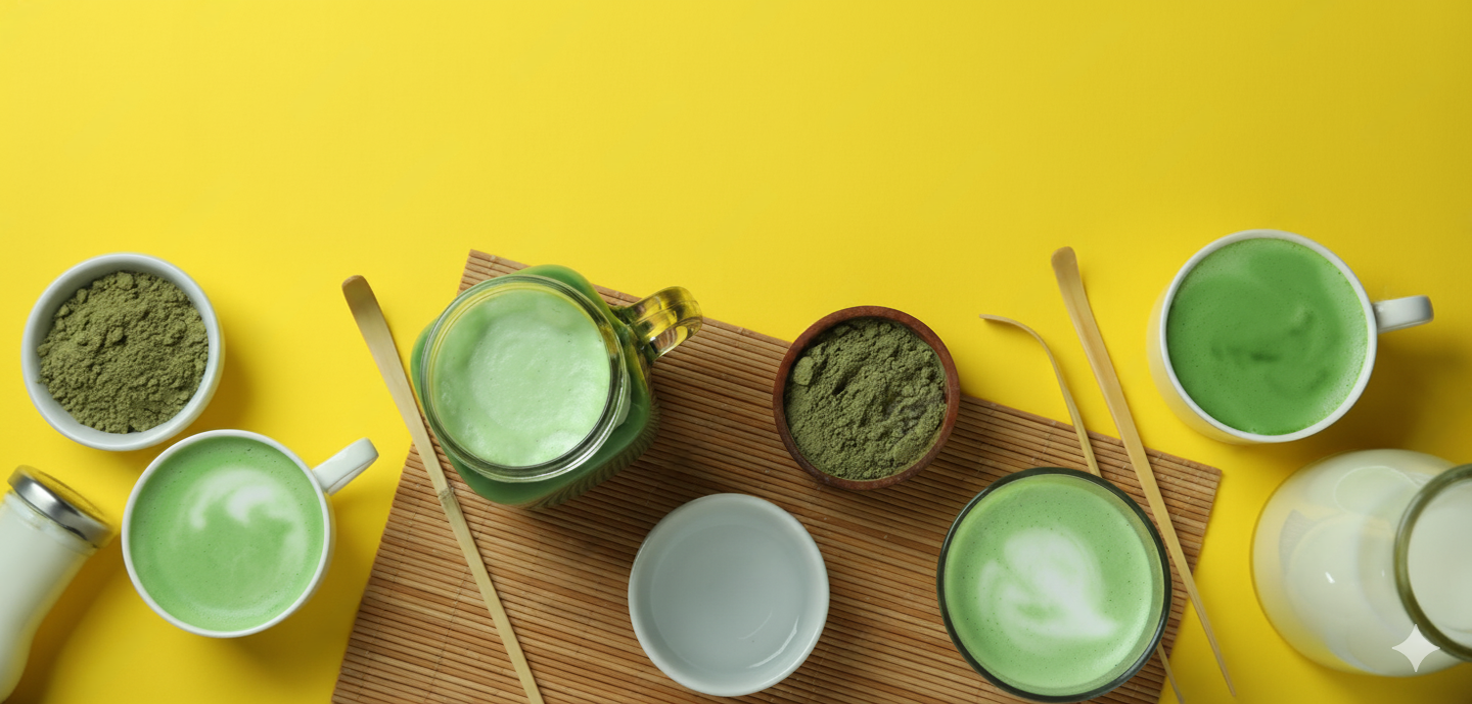
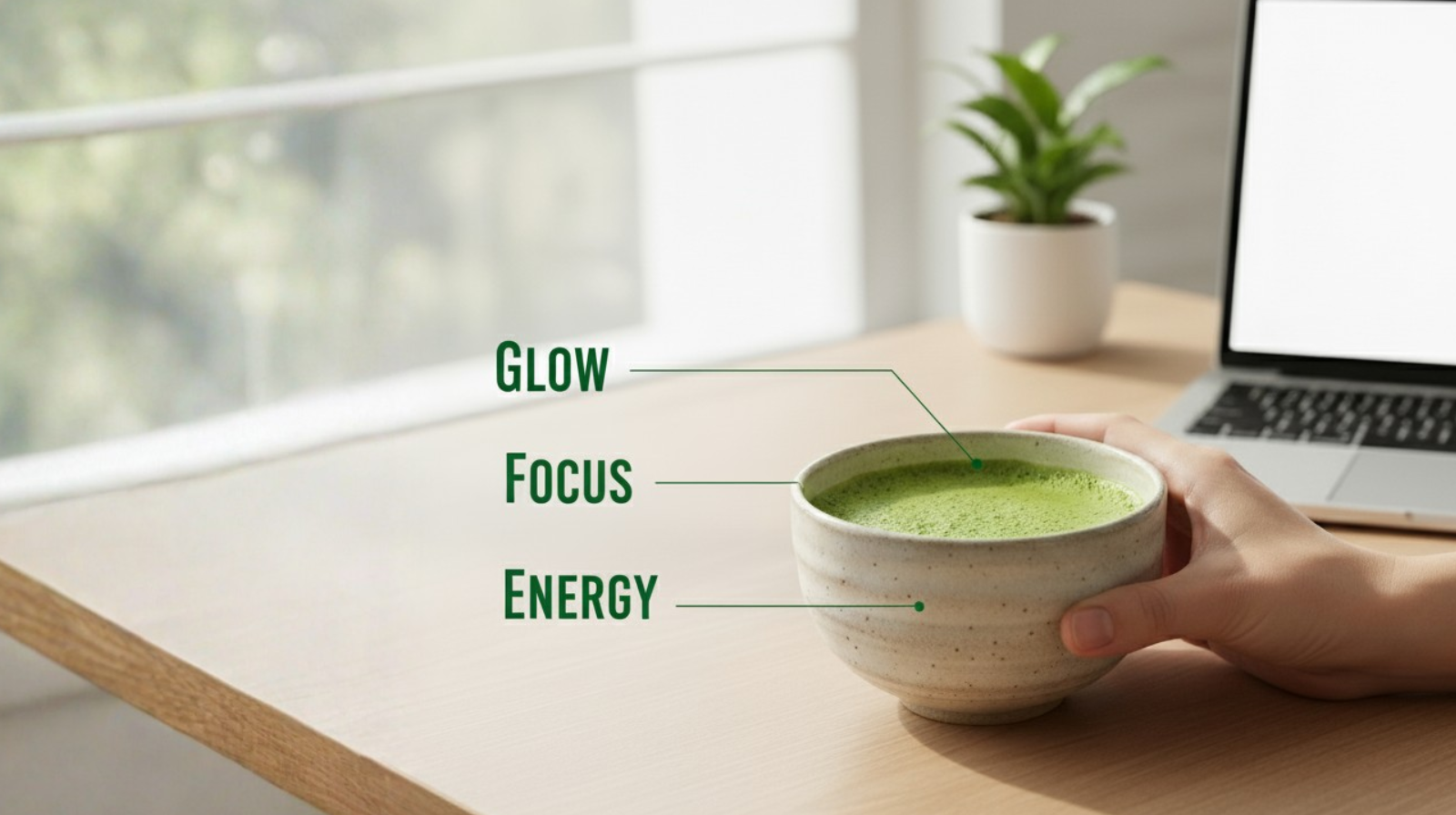
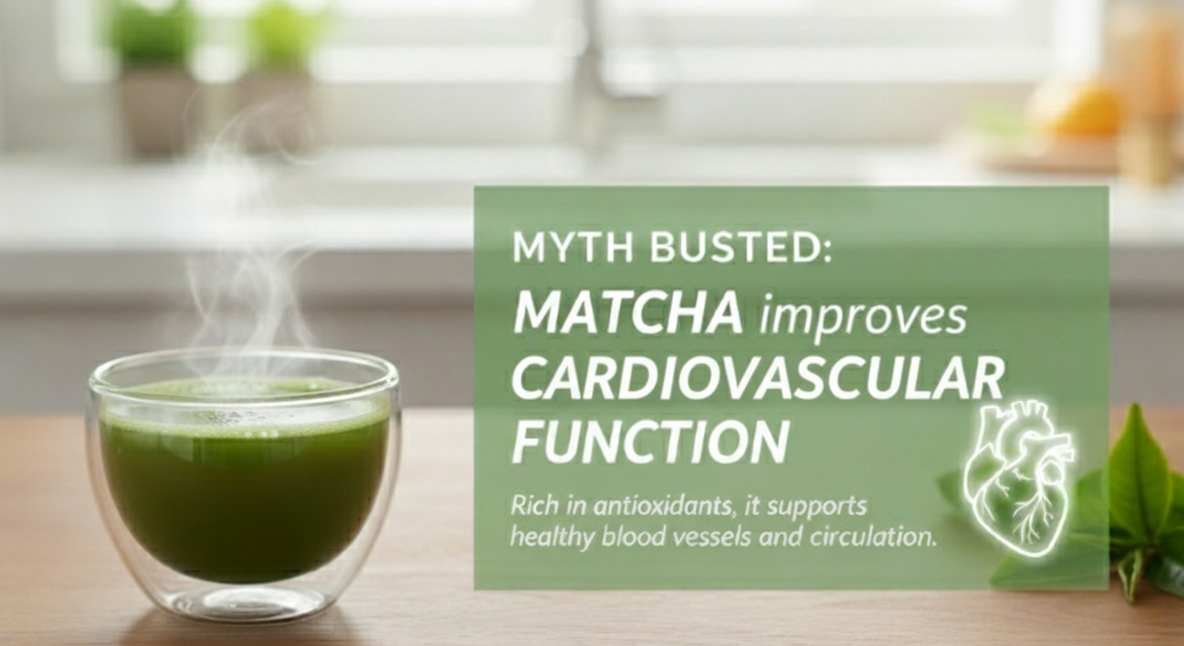
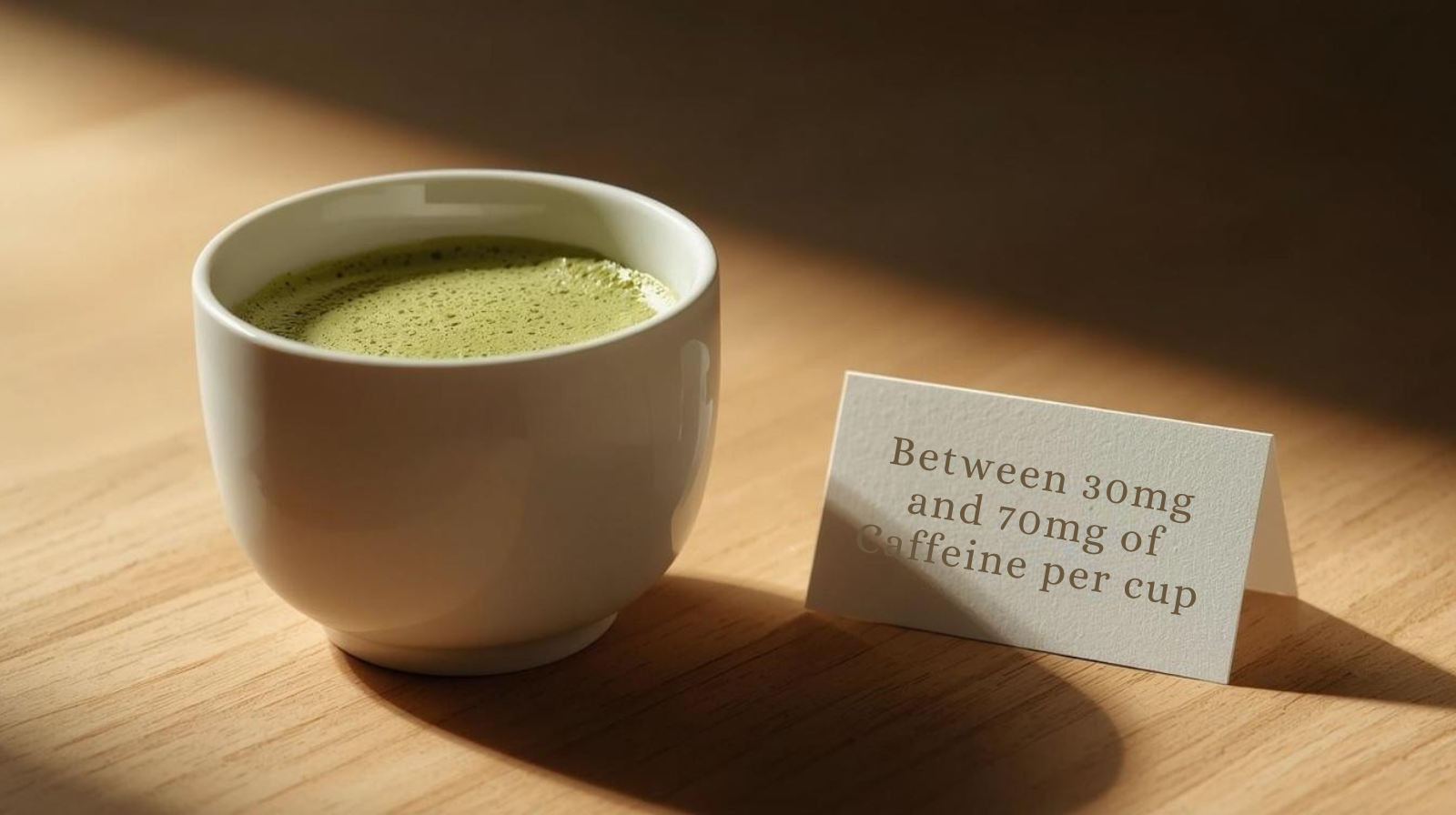
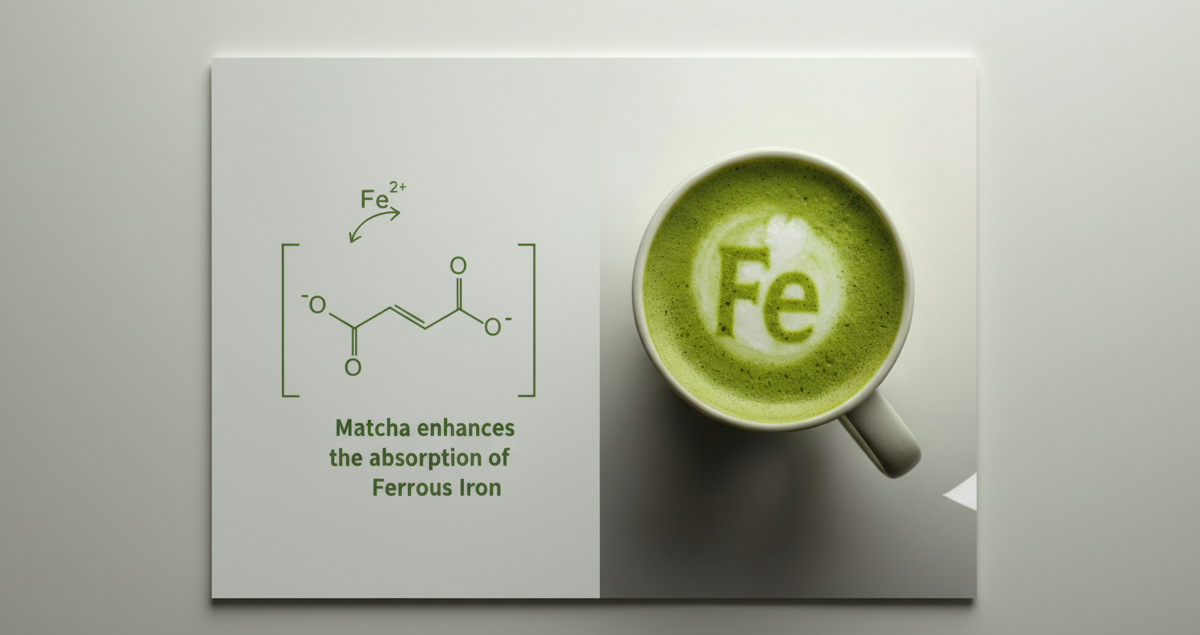
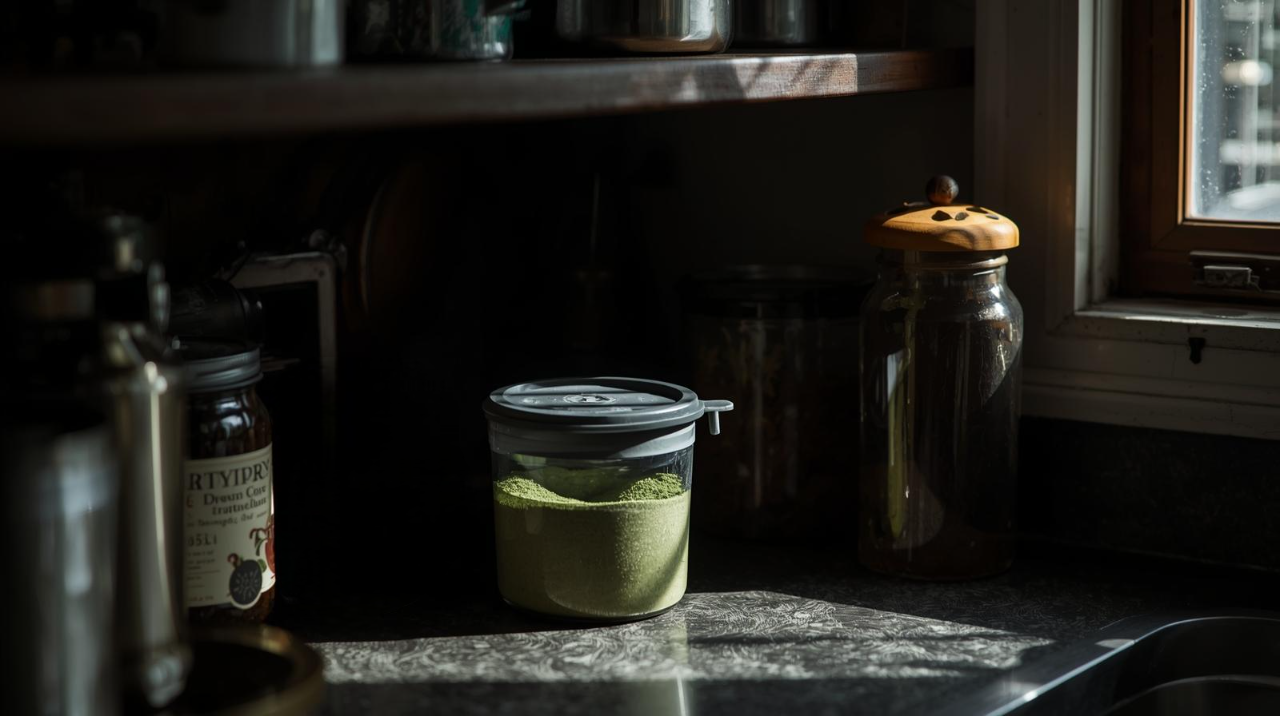

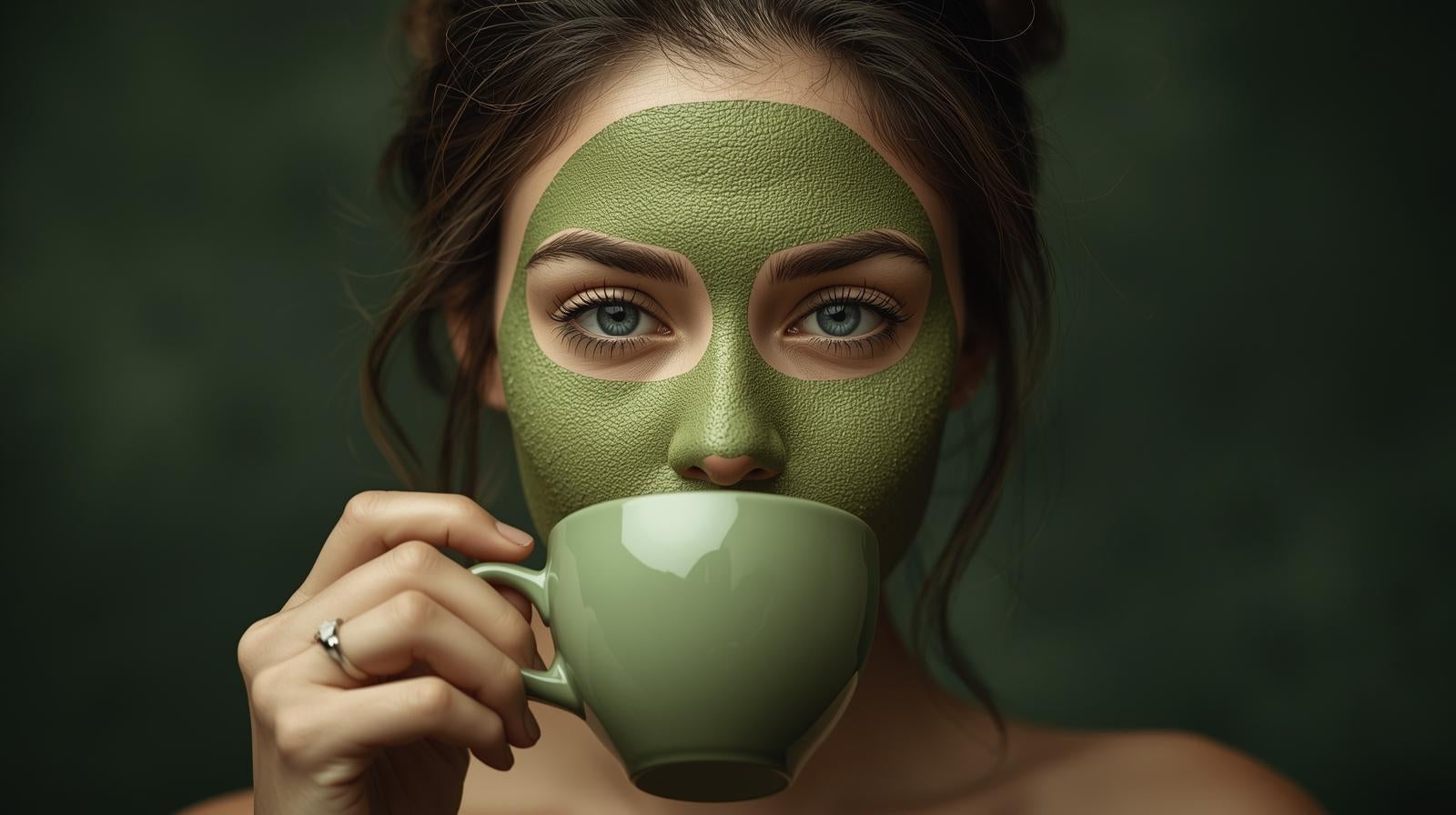
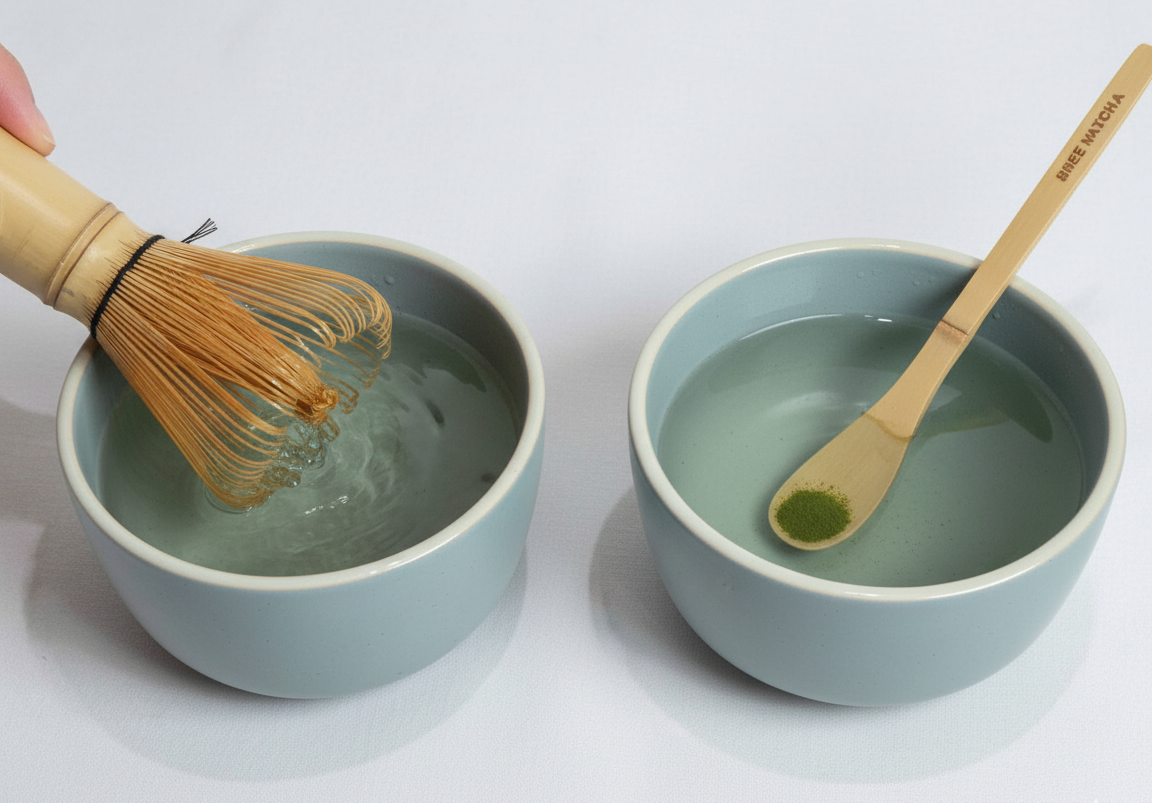
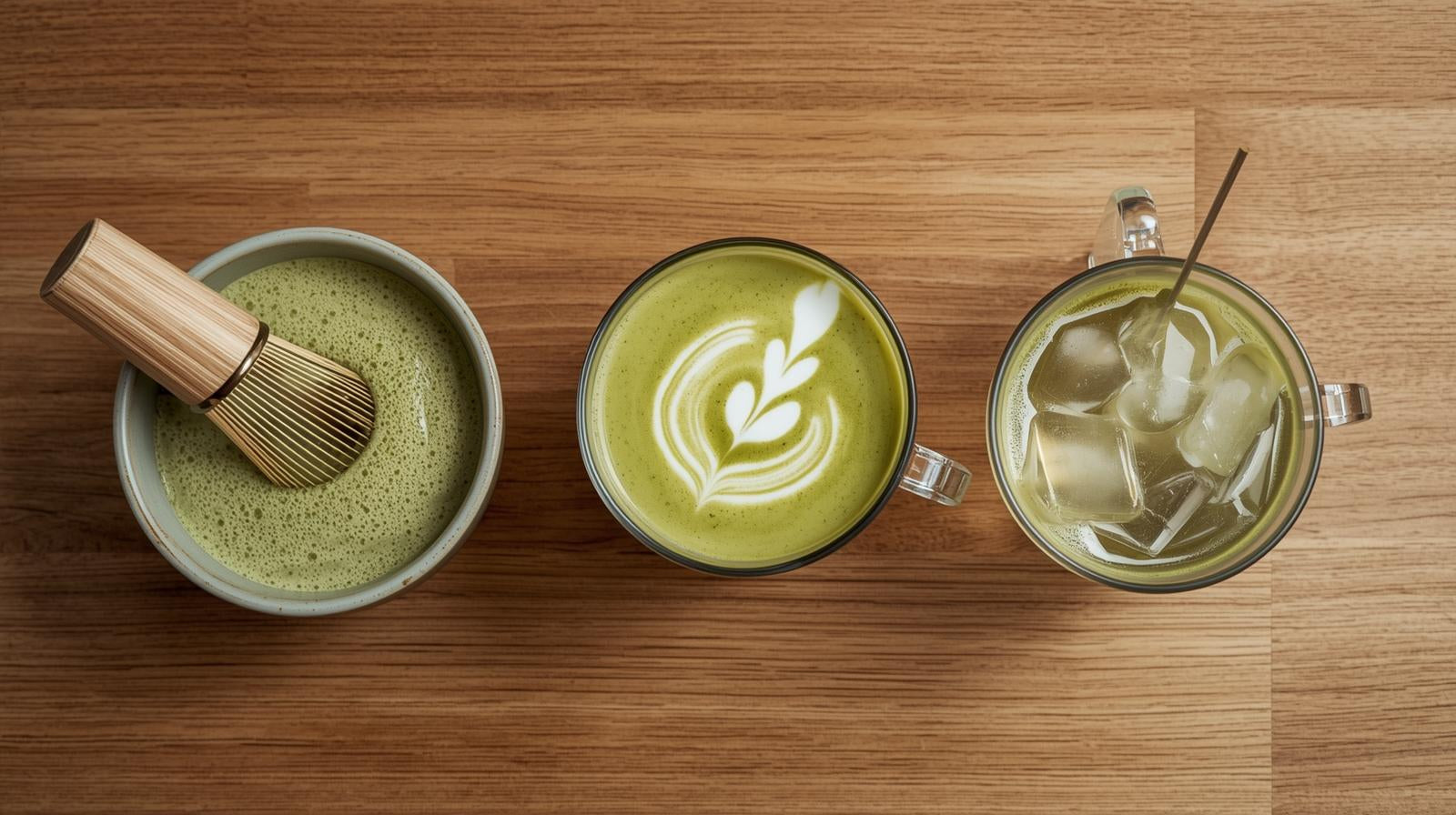
Share:
What Are Some Alternatives to a Bamboo Whisk for Making Matcha Tea?
Why Matcha over Coffee